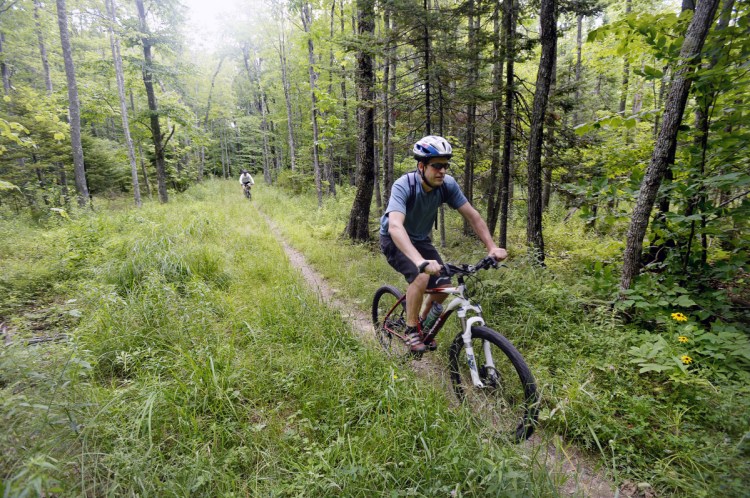A recent Press Herald article (Jan. 15) describes a proposed $75 million bond package for the Land for Maine’s Future program, but it doesn’t mention that hunting and trapping must be allowed on land bought with Land for Maine’s Future funds. LMF requires that “hunting, fishing, trapping and public access may not be prohibited on land acquired with bond proceeds except to the extent of applicable state, local or federal laws, rules and regulations and except for working waterfront projects and farmland protection projects.”
Even though hunters constitute about 13 percent of the state’s population, they have plenty of options, including more than a half-million acres of reserved land, and a great deal of private land as well.
Trappers – less than 2 percent of Maine’s population – capture animals who are then held fast, often struggling and in pain, until the trapper arrives to check the trap, supposedly once every 24 hours. The trapper may then shoot the animal or club it to death, as suggested by the Trapper Education Manual, published in 2005 by the Association of Fish and Wildlife Agencies. In most other contexts, this kind of cruelty would be animal abuse, but it’s perfectly legal in Maine.
We should ask: Why does LMF money come with strings attached that are not widely publicized or reported? Why allow hunting and trapping at all on this land when there are plenty of opportunities elsewhere? And if we are going to preserve and protect a parcel of land, why doesn’t that include the animals who live on it?
The public can protest the inclusion of hunting and trapping in LMF bonds by submitting a comment to info@ maineconservationtaskforce.com; comments will be accepted through Wednesday.
Don Loprieno
Bristol
Send questions/comments to the editors.



Success. Please wait for the page to reload. If the page does not reload within 5 seconds, please refresh the page.
Enter your email and password to access comments.
Hi, to comment on stories you must . This profile is in addition to your subscription and website login.
Already have a commenting profile? .
Invalid username/password.
Please check your email to confirm and complete your registration.
Only subscribers are eligible to post comments. Please subscribe or login first for digital access. Here’s why.
Use the form below to reset your password. When you've submitted your account email, we will send an email with a reset code.